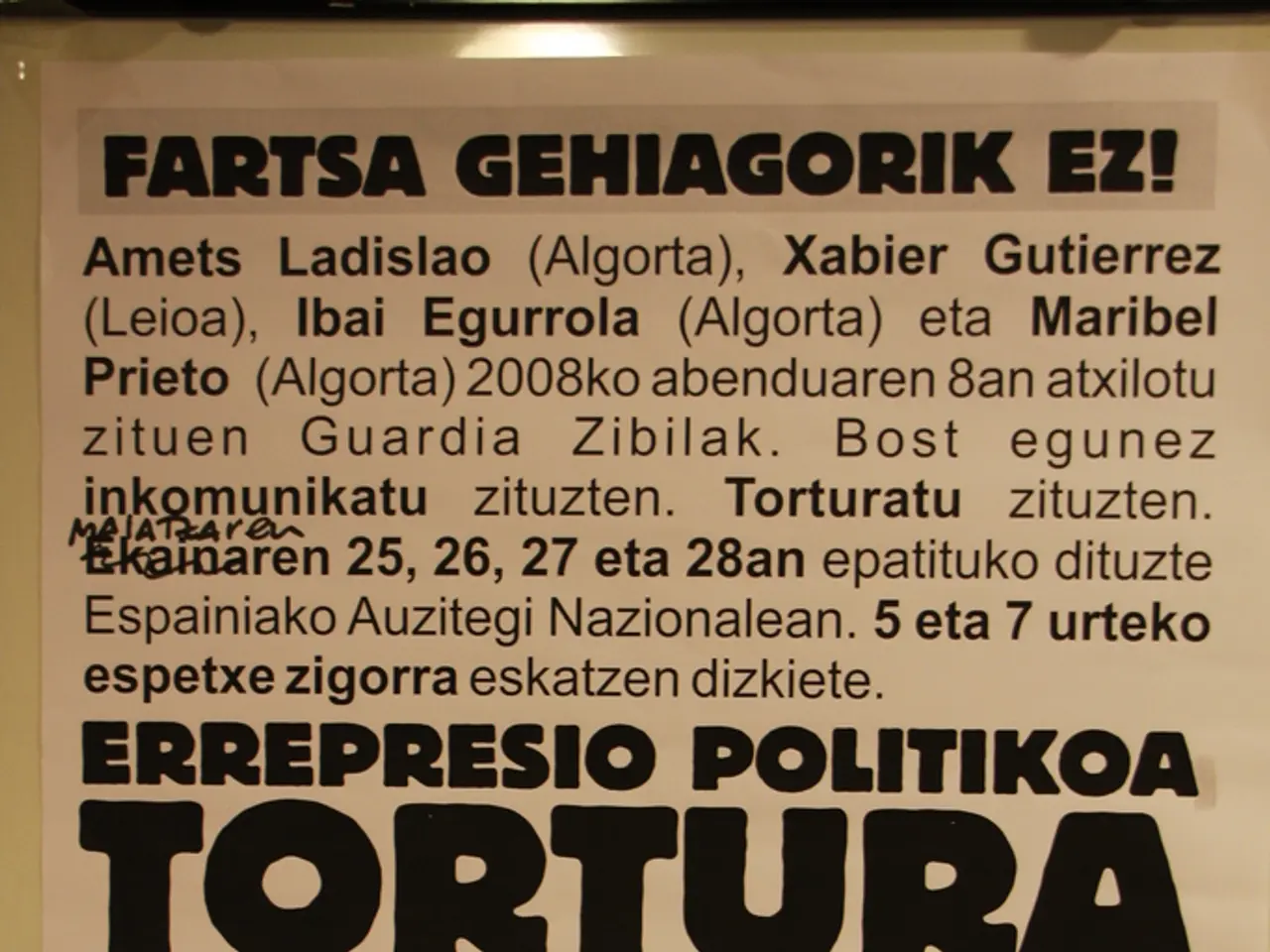Bitcoin's Price Fluctuations Tied to Alterations in Supply
In the world of cryptocurrency, Bitcoin halving events are a much-anticipated occurrence that takes place approximately every four years. These events, which are programmed into the Bitcoin system, serve to gradually reduce the rate at which new Bitcoin is introduced into circulation, ultimately capping the total supply at 21 million coins.
## Supply and Scarcity Dynamics
Each halving reduces the flow of new Bitcoin into the market, slowing the growth rate of the circulating supply. This decreasing supply growth amplifies Bitcoin’s scarcity as it approaches its supply cap. As block rewards are halved, miners face a drop in income unless Bitcoin’s price rises sufficiently to offset the reduced rewards. Historically, this has led to short-term drops in network hash rate as less efficient miners leave the network, but often the hash rate recovers quickly as miners anticipate future price appreciation or adjust their operations.
## Market Price Impact
Historically, Bitcoin halvings have been associated with significant price increases. The logic is straightforward: as the rate of new Bitcoin entering the market drops, while demand remains steady or increases, upward pressure on the price tends to follow. The reduction in new supply has, over time, led to sustained upward price momentum, especially in the months leading up to and following each halving event.
However, halving events often coincide with heightened market volatility, shifts in sentiment, and increased speculative interest. The anticipation and aftermath of halvings can result in periods of both rapid price appreciation and short-term corrections.
## Trading Dynamics
The halving’s impact extends beyond just miners and price. It creates a broader ripple effect on trading dynamics, influencing liquidity, volatility, and market depth. Halving events often attract renewed media attention and speculative trading from both institutional and retail investors, amplifying trading volumes and market activity.
Over time, as block rewards decline, miners will increasingly rely on transaction fees for compensation. This shift could eventually alter the economics of mining and the security model of the Bitcoin network.
## Summary
In summary, Bitcoin halving events systematically reduce new supply, reinforce scarcity, and historically have led to increased price volatility and upward price trends, while also reshaping miner incentives and trading dynamics. Understanding the relationship between Bitcoin's supply, demand, and market psychology is crucial for investors to determine its price trajectory, especially as it approaches the next halving.
Positive regulatory news can increase investor confidence, driving demand despite static supply levels. Conversely, negative regulations can dampen enthusiasm, leading to reduced demand while supply remains consistent or declines. The latest halving occurred in May 2020, reducing the block reward from 12.5 BTC to 6.25 BTC.
Bitcoin is often considered a store of value, similar to digital gold, and operates in a decentralized network based on supply dynamics. The relationship between Bitcoin's supply and price seems to be strong, with decreasing supply tending to drive up the price, assuming demand remains steady or increases. The finite supply of Bitcoin, combined with increasing demand, continues to position it as a unique asset of value in the economic landscape, driven by its essential principles of scarcity and decentralization.
- As the Bitcoin halving events cause a decrease in the flow of new Bitcoin, investors may anticipate increasing scarcity and expect a rise in Bitcoin's price, given steady or increasing demand.
- In the aftermath of a Bitcoin halving, the reduced supply of new coins, along with potential increased demand due to positive regulatory news or speculative interest, could lead to a ripple effect on trading dynamics, likely resulting in higher volume, volatility, and market activity.




